AI for Maneuver
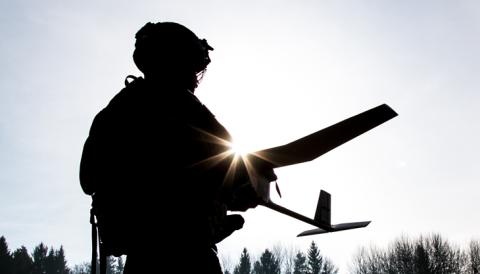
We recently had the opportunity to discuss AI for Maneuver with the Secretary of Defense and its role as one of the cornerstones of the DoD’s JADC2 operating concept, along with battle management networks and hypersonics. I wanted to highlight some of the aspects of this discussion from the industry perspective on what AI for […]
The Challenges of Robotic Perception
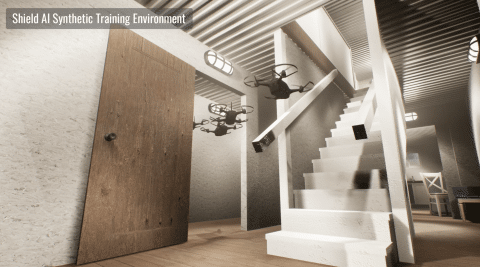
What are the primary challenges of robotic perception? The perception challenges we experience as humans are the same types of challenges that robots face when trying to perceive the world. There are many examples of this. To begin with, just as people have trouble seeing in the dark, robots may encounter situations in which their […]
Shield AI Fundamentals: On Perception
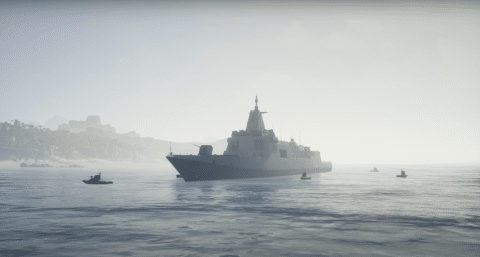
What does perception refer to in robotic systems? We’re referring to a robot’s ability to sense the environment around it, process the information that’s coming in from its sensors, and use it in order to perceive the environment, figure out where it is and how it’s operating relative to the environment, and leverage that information […]
Considering Communication in Coordinated Perception
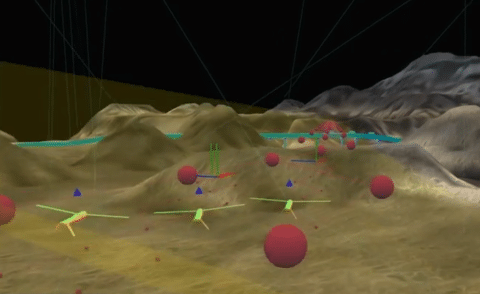
Among multi-robot systems, what is the role of communication in perception? Communication is a consequential consideration within coordinated perception. Fundamentally, when we talk about coordinated perception, we are speaking about multiple robots moving through an environment engaging in perception. Consider the example of a 2-robot system with both robots moving through a building. Perhaps earlier […]
Shield AI Fundamentals: On Knowledge Representation
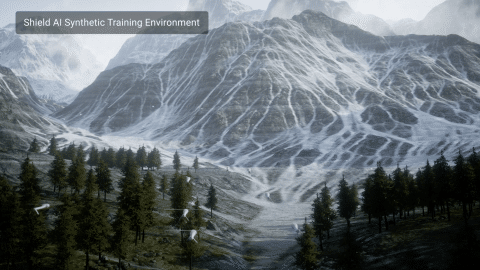
We’ve spoken extensively about intelligence and learning in artificial systems. Can you elaborate on the concept of knowledge? Within the context of artificial intelligence, knowledge represents everything that the robot needs to know in order to be intelligent. In essence, it represents the overarching logical framework — the concepts and the logical relationships — that […]
Shield AI Fundamentals: On Learning Methods
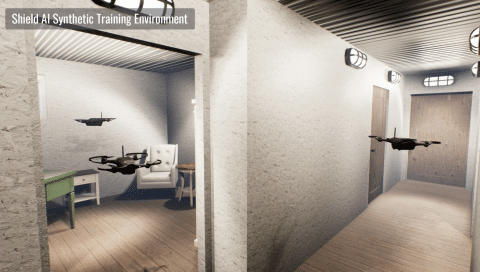
What is the difference between supervised, semi-supervised and unsupervised learning? Within machine learning there are several types of learning methods. There include: supervised learning, semi-supervised learning and unsupervised learning, as well as reinforcement learning. With supervised learning, you would provide the AI system with example input-to-output pairs of data. From these pairs, the system is […]
Designing to Optimize User Experience
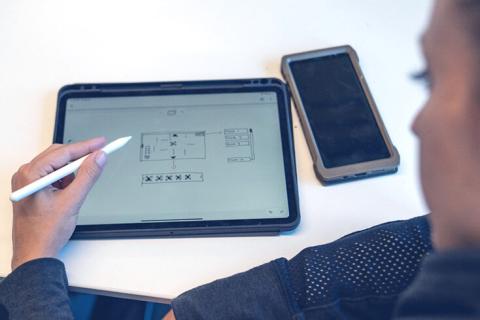
Tell me about user experience (UX) design. What is it and what is the goal? User experience design can be thought of as the design of everything that is related to a user’s — or a customer’s — interaction with a company. It includes interactions with the company’s brand, its services, and its products. It […]
Shield AI Fundamentals: Trajectory Planning
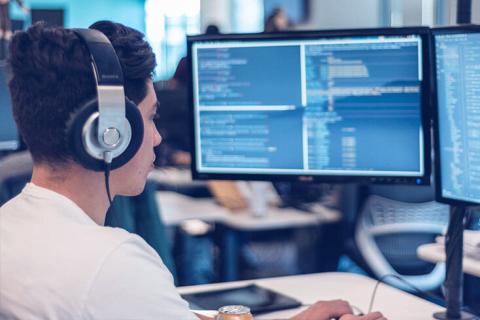
We ask very difficult missions of Nova. For example, we ask it to explore a previously unknown building while detecting potential threats and evading them, respond to our user’s requests immediately, and to provide a live video stream and create a map in real time. Completing these missions in a performant, robust manner requires Nova […]
Shield AI Fundamentals: On Mapping
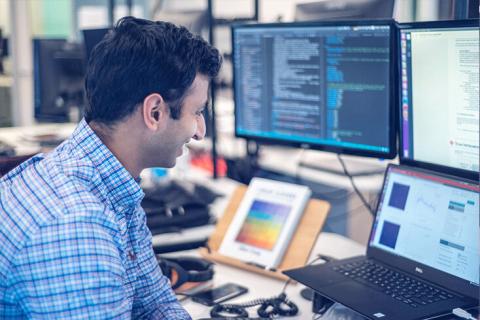
The Role of Mapping in Autonomy As is evident in the name, the key component of any autonomous robotic system is its basic autonomy; its loop of perception, cognition, and action which enables a robot to determine what it should do, when it should do it, and how. In the following paragraphs, I will cover […]
What is Coordinated Exploration?
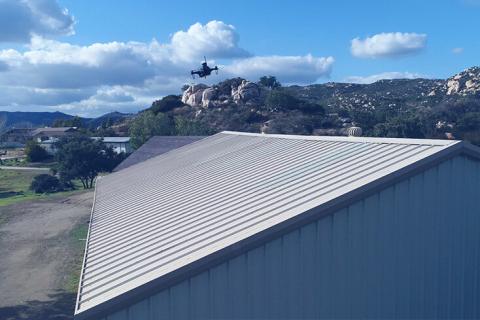
What is coordinated exploration? In the context of Shield AI, coordinated exploration corresponds to the deployment of multi-robot systems in order to explore an environment. These multi-robot systems collectively develop a structural model of that environment by moving through and navigating around it. Coordinated exploration refers to how the robots decide how to move through […]